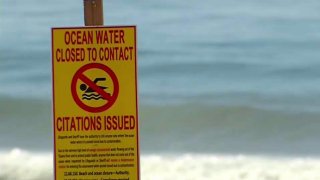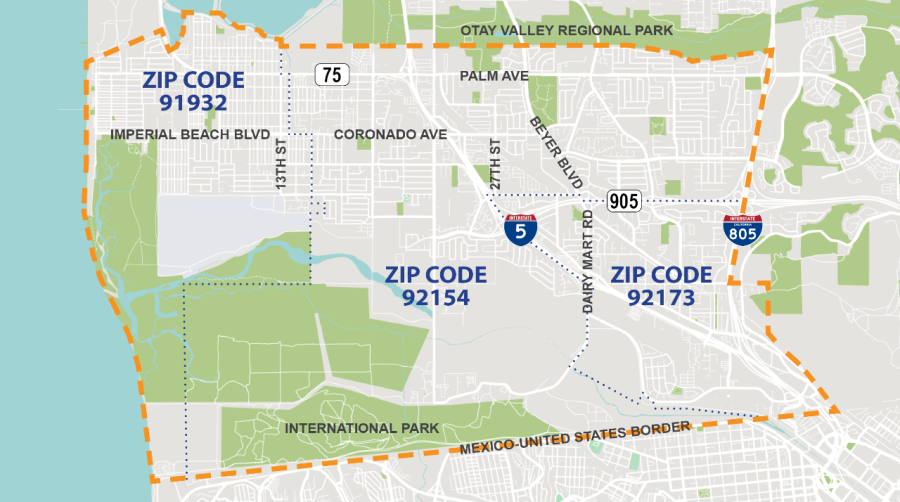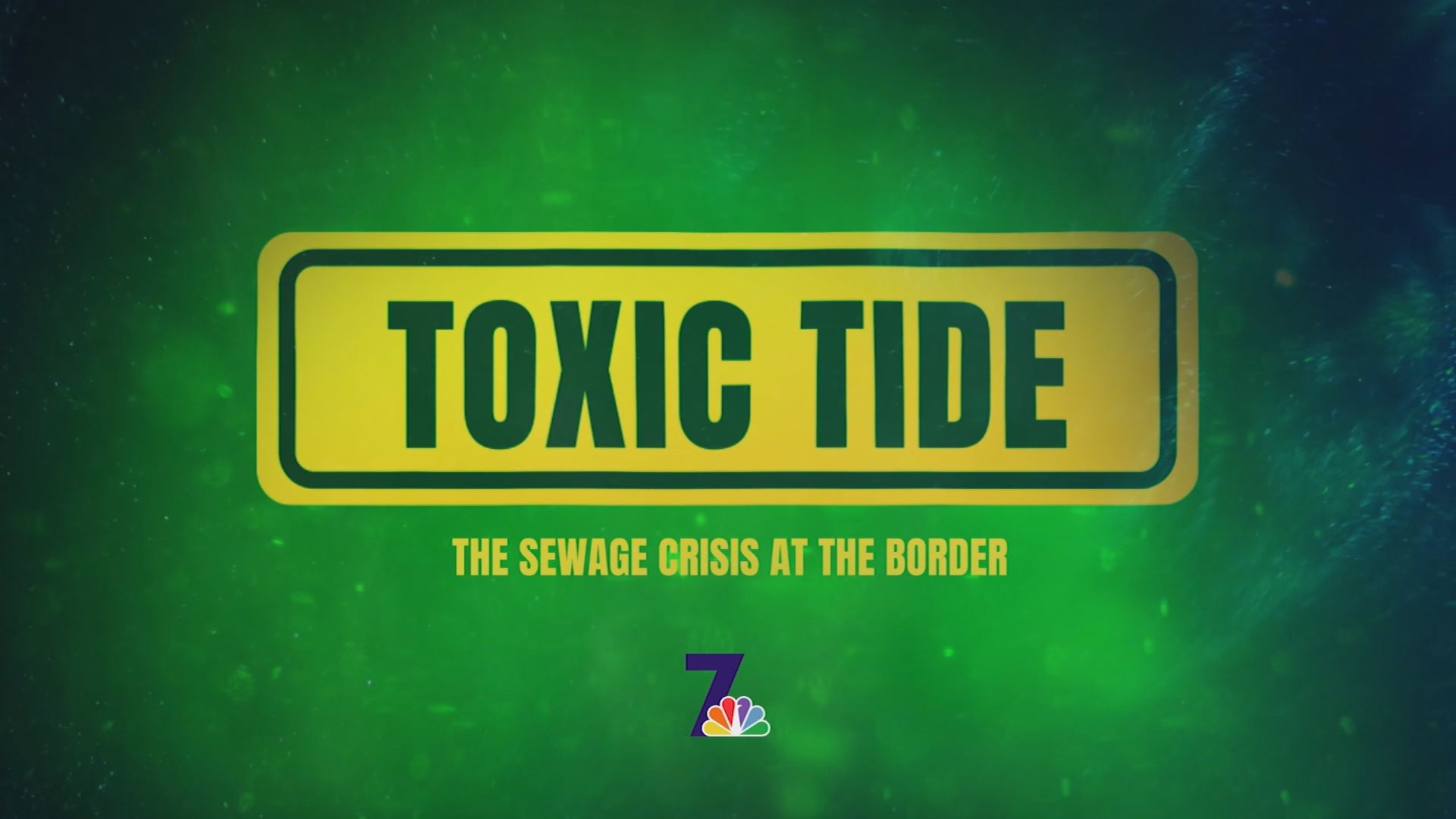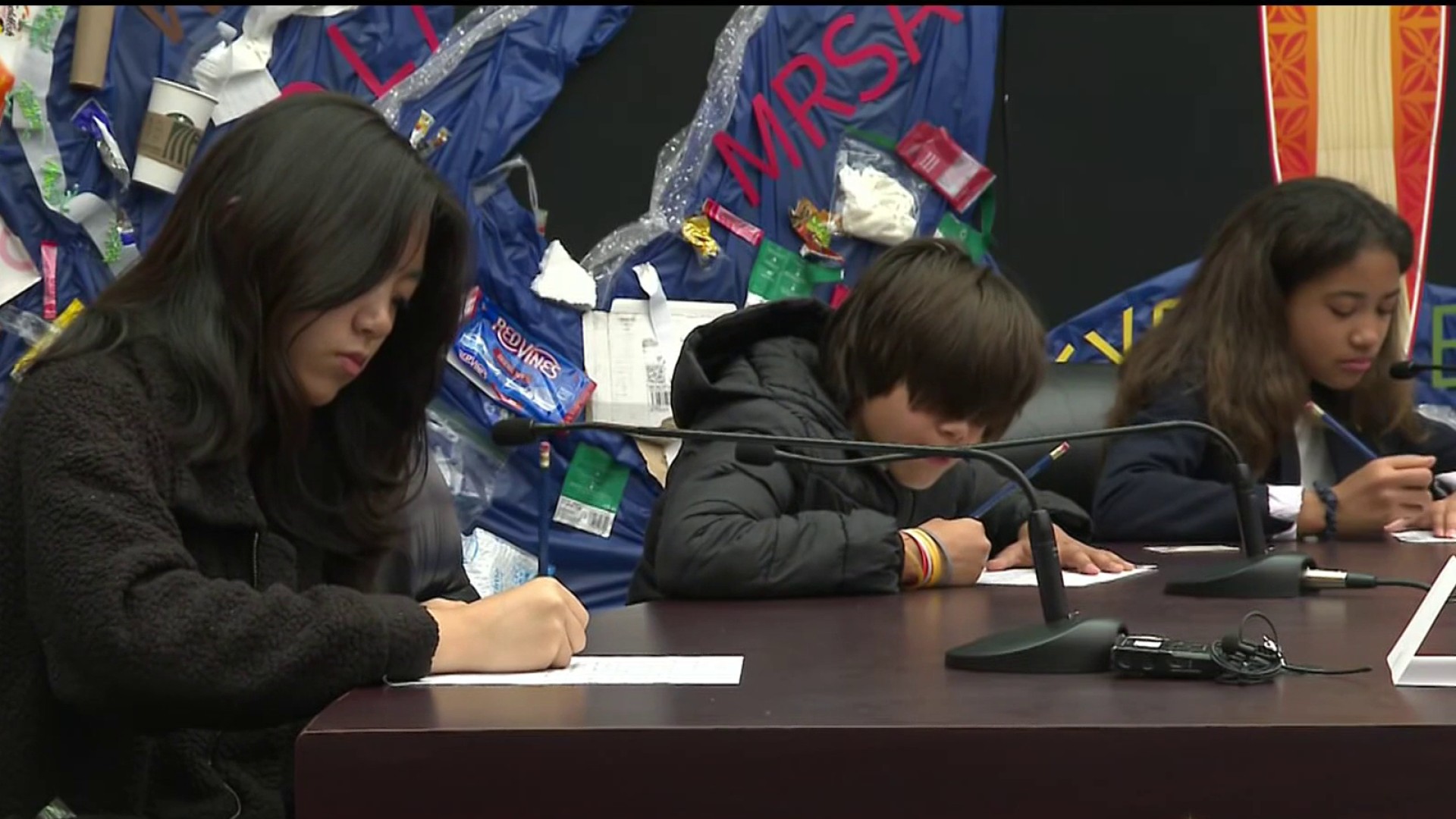
The polluted water from the Tijuana River isn't just contaminating the ocean, it's also in the air locals breathe, experts believe, and now, San Diego County is offering some residents living in the border zone relief.
"In response to the ongoing Tijuana River Valley sewage crisis, on June 4, 2024, the county board of supervisors allocated $100,000 in funding to provide free air purifies to homes in areas affected by ambient odors," the county states on its website. "Some air purifiers can reduce the smell and improve air quality. The county is giving out air purifiers that can help and are certified by the California Air Resources Board (CARB)."
Residents living in the 91932, 92154 and 92173 ZIP codes shown in the map below are eligible to enter a drawing held on Aug. 14 to win free air purifies. Click here for details on how to enter.

Get top local stories in San Diego delivered to you every morning. Sign up for NBC San Diego's News Headlines newsletter.
With only $100,000 committed to the pilot program, and the BlueAir Blue Pure 311i Max 100 purifiers in the $200 range (according to the manufacturers of the BlueAir Blue Pure 311i Max 100), the county is aware that not everybody who enters will win one of the machines, which will come with two filters, which are in the $50 range and have an approximate life expectancy of six months of operation. The math says that's in the neighborhood of 500 air purifiers.
Toxic Tide at the Border
The county's website states that the "purifier can help you best when it is in the room where you spend most of your time" and that it uses less energy than a typical lightbulb." However, there's a caveat: If "you use your unit in a highly polluted environment, you may need to change the filter more often."
NBC 7 has contacted the office of District 1 Supervisor Nora Vargas for more details about the program, including how much the county is paying for the purifiers, but has yet to hear back.
A study published last year by the Scripps Institution of Oceanography at UC San Diego found that the untreated sewage from Tijuana confirmed that coastal water pollution — largely untreated sewage runoff as a result of rainfall in the San Diego-Tijuana region — can reach people beyond just beachgoers, surfers and swimmers. The outflowing pollution can then transfer to the air in sea spray aerosol through breaking waves and bursting bubbles, the study found.
The study, which was published in the journal of Environmental Science & Technology, came after a winter during which an estimated 13 billion gallons of sewage-polluted waters entered the ocean via the Tijuana River, according to lead researcher Kim Prather, a distinguished chair in atmospheric chemistry and professor at Scripps Oceanography and UCSD's Department of Chemistry and Biochemistry.
Late last month, the International Boundary and Water Commission (IBWC) and its contractor were officially cited Tuesday for causing a public nuisance. The notice of violation came after the San Diego County Air Pollution Control District (SDAPCD) got around 150 complaints about foul odors coming from the area. Officials with the SDAPCD said the complaints had all been filed in the week prior to the notice.
The control district conducted an investigation after the complaints began flooding in and determined that the IBWC did not properly maintain the Hollister Wastewater Pump Station, which directs "untreated transboundary water flow to the IBWC wastewater treatment plant."
According to a news release issued Wednesday by the SDAPCD, the pump station broke on June 16 and discharged about 300,000 gallons of sewage, which eventually made it to the Tijuana River Valley, creating the noxious smell that was reported by locals.
Despite how it may sound, the presence of bacteria does not necessarily mean people are getting sick from sewage in sea spray aerosol.
"Most bacteria and viruses are harmless and the presence of bacteria in sea spray aerosol does not automatically mean that microbes -- pathogenic or otherwise -- become airborne," a news release from the team said.
Infectivity, exposure levels and other factors that determine risk need further investigation, the authors said.




